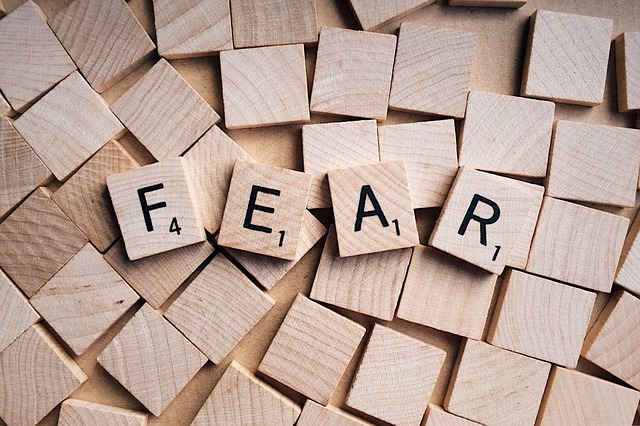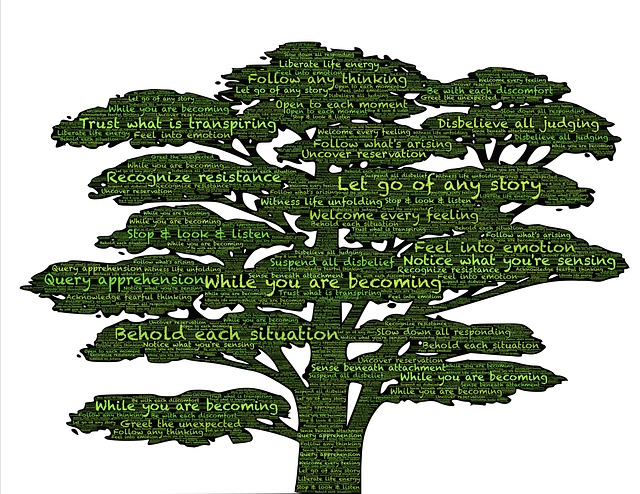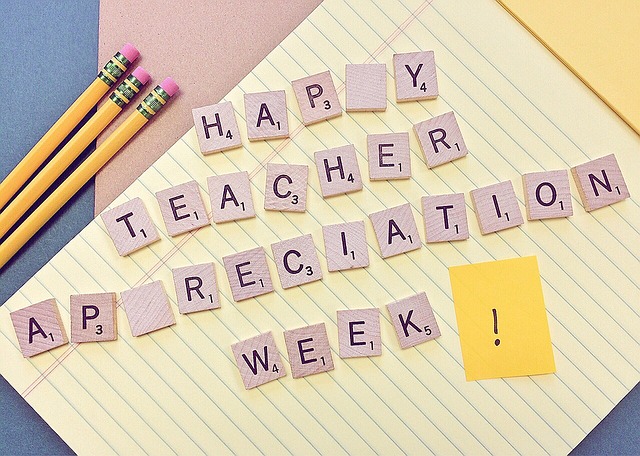Mindfulness is developed through meditation which can take many forms. When you become adept at meditation, you can access mindfulness at any time of the day in the midst of undertaking any form of daily activity – walking, eating, talking, or driving.
You can develop the art of bringing mindful awareness to anything you do so that you can learn to be more fully in the present moment. Mindfulness stops you from becoming lost either in the past or the future.
If you can access mindful awareness during your daily life, it can be a place of ease, wellbeing and peace – undisturbed by the waves of life’s vicissitudes. Mindfulness is a lost art but with meditation practice it becomes more accessible, even easy. However, the difficulty lies in remembering to access mindful awareness when you are caught up with your daily activity.
Tara Brach, in a meditation podcast, introduces a process called S.T.O.P. to increase your capacity to remember to engage mindfully in whatever you are doing. This process can be undertaken in a short or very brief form or in a longer, more expanded way.
The S.T.O.P. practice
This practice can be undertaken at any time, particularly when you find yourself agitated or anxious. The basic practice involves:
- Stop – pause what you are doing or about to do
- Take a breath – breathe in deeply and let out the tension with your out-breath
- Observe – notice what is going on for you emotionally and physically (e.g. anger, tightness in the chest)
- Proceed – respond with greater awareness and self-management.
This is a practice that can be undertaken at any time during the day in the midst of any activity. You can stop yourself from your automatic fight or flight response and be more conscious of what is going on for you while also controlling your response. With the S.T.O.P. practice you can gain more appropriate responsiveness to your daily life and progressively build your response ability.
Tara demonstrates both the short version and long form in her meditation podcast where she introduces the S.T.O.P. practice. She states that most people seem to find the short version extremely helpful – with some people even using the practice just before a potentially stressful meeting. Tara suggests that the practice enables you to “intercept reactivity” and to respond with mindful awareness.
As we grow in mindfulness through meditation and practices such as S.T.O.P., we can more readily access self-awareness and self-management. We can learn to observe what is going on for us so that we do not react compulsively, but with a mindful awareness that enables us to more readily experience equanimity.
By Ron Passfield – Copyright (Creative Commons license, Attribution–Non Commercial–No Derivatives)
Image source: courtesy of IADE-Michoko on Pixabay
Disclosure: If you purchase a product through this site, I may earn a commission which will help to pay for the site, the associated Meetup group and the resources to support the blog.









